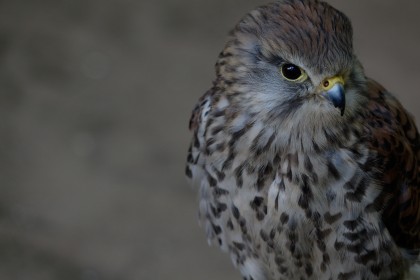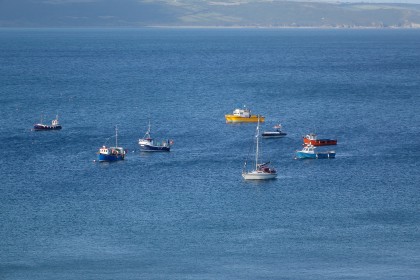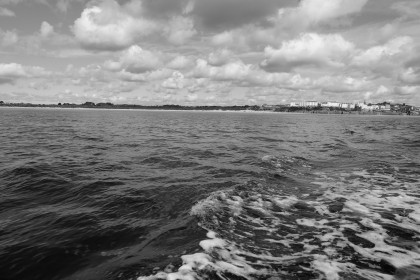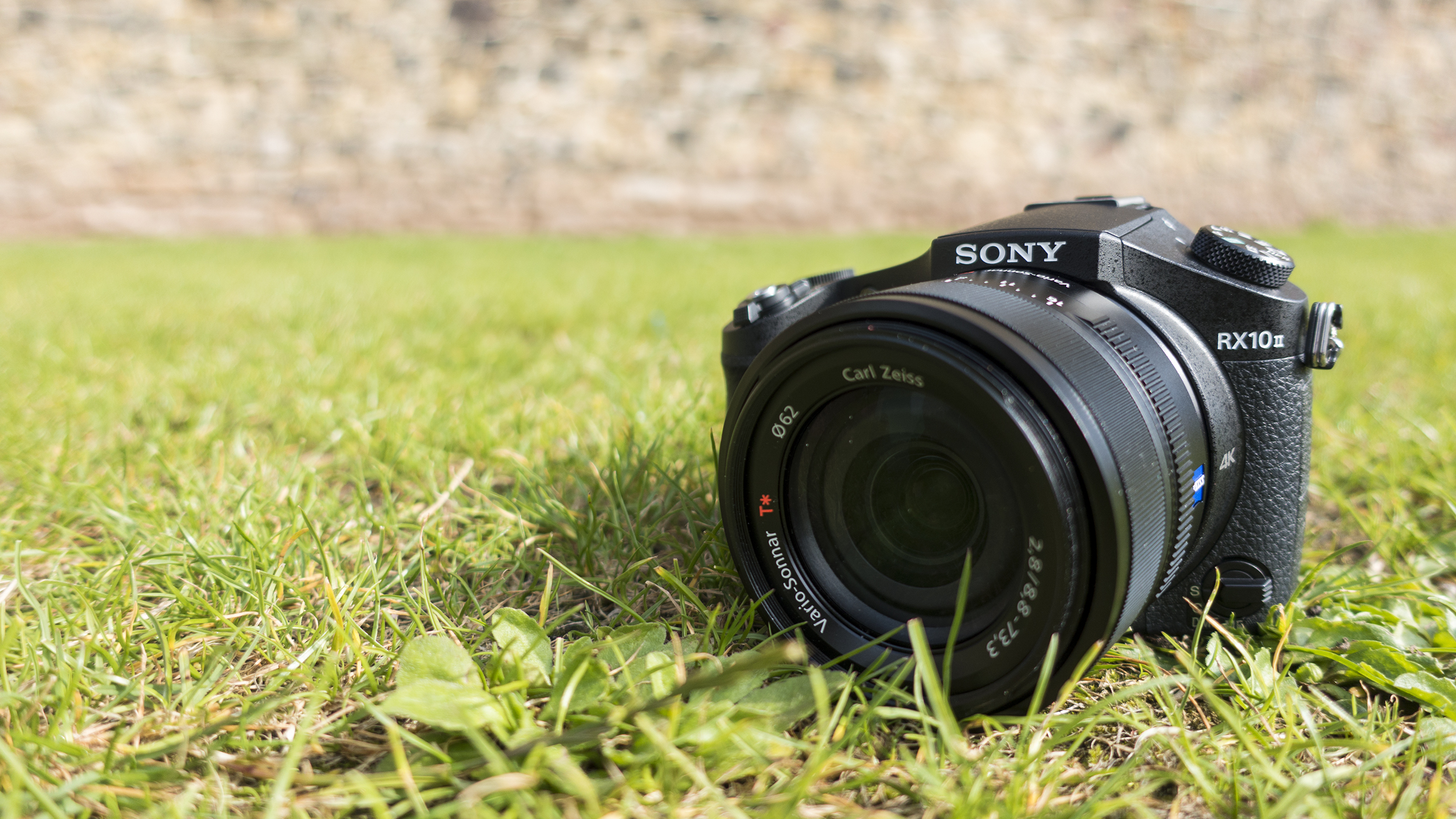Why you can trust TechRadar
It comes as no surprise that the RX10 Mark II is capable of producing fantastic images. The Mark II builds on the great heritage of the original camera, and we've also seen this sensor working very well in the RX100 IV.
Images (JPEG) straight from the camera are nicely saturated, but still appear realistic when shooting with the Standard Creative Style setting. If you wish to, you can experiment with different Styles depending on the subject you're shooting – some may suit a more vibrant treatment, while others will benefit from a more muted palette.
An impressive amount of detail can be seen in images at the lower end of the sensitivity scale, even when zooming in to 100% – take a look at the feathers on the image of the bird below at full resolution to see what we're talking about.
Images maintain a superb overall impression of detail almost to the very top of the sensitivity scale when viewed at normal printing and screen sizes. It's possible to make a usable A3 print from images shot at ISO 6400, while even images shot at 12800 are usable at smaller sizes if you're really struggling with the light.

Sample image: Having an electronic shutter enables you to shoot at fast shutter speeds while keeping the aperture wide. This image was shot at 1/3200 sec; the fastest speed available from the mechanical shutter is 1/2000 sec. Click here to see the full-size image.

Sample image: This shot offers a great example of how much detail the RX10 II is capable of resolving – have a look at the feathers at 100%. Click here to see the full-size image.
Looking at the corresponding raw images it's clear that significant noise reduction is being applied to JPEG images from around ISO 800 and above. Without this applied to the raw files you can see a degree of coloured speckling throughout the image from around ISO 1600, but there's barely any banding. This means that you can use image processing software to extract a little more detail than is in the matching JPEG, so long as you're okay with a little bit of noise remaining.
Our labs test indicate that the RX10 II's resolution capability outstrips the original camera by some margin, but the signal to noise ratio tests appear to favour the Mark I. This suggests that for this camera Sony has favoured detail resolution over noise reduction, which is good news for detail fans – and remember, if you shoot in raw format you can apply your own preferred amount of noise reduction.
Our sensitivity table images show that the second generation camera is less prone to image smoothing at higher sensitivities. It's also possible to see a better representation of colour tones at the higher end of the scale, which is good news for those who like to shoot in low light.

Sample image: At the widest end of its lens, the RX10 II offers a 35mm equivalent focal length of 24mm, making it ideal for landscape images. Click here to see the full-size image.

Sample image: The same scene shot at the RX10 II's maximum focal length of 200mm (equivalent). Although the RX10 II's zoom range isn't as impressive as some of the 50, 60 and 83x behemoths on the market, you've still got a good degree of flexibility. Click here to see the full-size image.
The Panasonic FZ1000 does outperform the Sony in our labs tests, especially for signal to noise ratio, but the two are very closely matched for detail resolution.
For the majority of shots, the RX10 II's automatic white balance system copes well with different lighting conditions. Under artificial light, colours are very realistic and I felt little need to select a white balance preset. The Cloudy setting can be used to warm up images if you're finding that shots look a little cool under an overcast sky.
Similarly, the RX10 II's general purpose metering system works well to produce accurate and well balanced exposures in a variety of conditions. Most of the time, I elected to leave the DRO Optimiser on automatic. This works by evaluating the scene and adjusting the processing for different areas of the image depending on how much highlights and shadows should be retained.
It's particularly useful (and apparent) when photographing subjects or scenes with areas of high contrast. It can be beneficial to push the DRO Level up to 5 for very high-contrast scenes, although the resulting image can look a little artificial.

Sample image: At ISO 1600 an impressive level of detail retained, while noise is almost non-existent. Click here to see the full-size image.

Sample image: Unlike with Picture Effects, you can use Creative Styles to change the look of images while simultaneously shooting in raw format if you want to rescue a 'clean' version of the image later. Click here to see the full-size image.
Sony's Fast AF system works well to enable very quick focus acquisition, and it's generally accurate too. In lower light, the camera may hunt around for a little longer than the quoted 0.09 seconds, but it always gets there in the end.
Although the zoom range of the RX10 II is limited compared to other bridge models, it should be enough for most situations. Images taken throughout the focal length range are of a good quality, while optical image stabilisation helps to keep shake-induced blur to a minimum at the furthest reach. The fact that you can shoot at f/2.8 throughout the range is also a bonus, of course, enabling fast shutter speeds when shooting handheld.
Sony has been keen to shout about the video capability of its new cameras – not just the RX10 II but the RX100 IV too. Video quality at full HD and 4K from the RX10 II is very good, and the longer shooting time of up to 29 minutes and 59 seconds in 4K makes it more useful for holiday videos and the like than the RX100 IV.
It's possible to see a rolling shutter (jello effect) if you're panning quickly, but this shouldn't be a problem for most amateur videographers, and the effect is less obvious when you're shooting full HD (1080p) video.
Amy has been writing about cameras, photography and associated tech since 2009. Amy was once part of the photography testing team for Future Publishing working across TechRadar, Digital Camera, PhotoPlus, N Photo and Photography Week. For her photography, she has won awards and has been exhibited. She often partakes in unusual projects - including one intense year where she used a different camera every single day. Amy is currently the Features Editor at Amateur Photographer magazine, and in her increasingly little spare time works across a number of high-profile publications including Wired, Stuff, Digital Camera World, Expert Reviews, and just a little off-tangent, PetsRadar.

